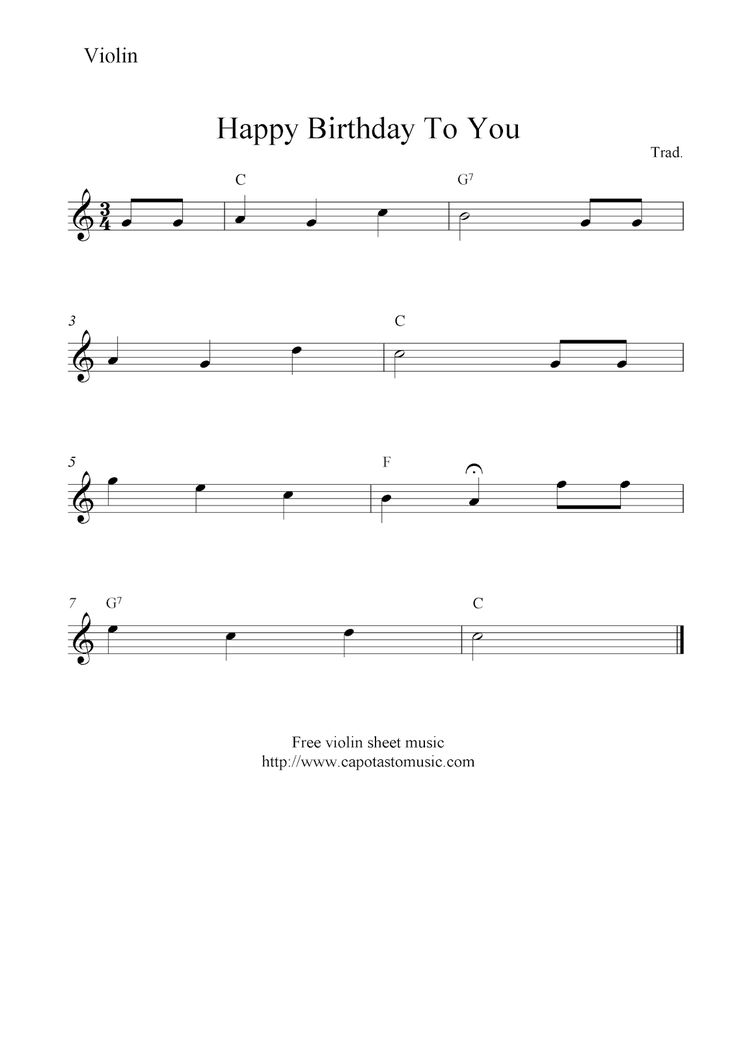How to write a melody on piano information
Home » » How to write a melody on piano information
Your How to write a melody on piano images are ready. How to write a melody on piano are a topic that is being searched for and liked by netizens now. You can Download the How to write a melody on piano files here. Download all free vectors.
If you’re looking for how to write a melody on piano pictures information connected with to the how to write a melody on piano keyword, you have pay a visit to the ideal blog. Our website always gives you suggestions for seeing the highest quality video and image content, please kindly surf and locate more informative video articles and images that match your interests.
How To Write A Melody On Piano. Make the 1st chord of the piece your 1 chord and make sure each chord contains the same note that is in the melody line. For more info on keys and scales, check out this post. Start with a chord progression. Also take note of which notes you start and end on.
 How to write a piano melody Pianist Melody, Music From pinterest.com
How to write a piano melody Pianist Melody, Music From pinterest.com
Rhythm is determined by a combination of notes with different. Also take note of which notes you start and end on. Next, work on the instrumental elements such as the basic melody, key, and chord progression. Every great melody has a chord progression built underneath it. How to write a melody (from scratch) in your daw: You can also use any note in the musical alphabet a,b,c,d,e,f,g to write a simple and beautiful piano melody.
Tap out the melody�s rhythm.
Or by using the g major chord (g,b,d) to create your own special song or melody. Remember the two main elements of melody: Also take note of which notes you start and end on. To write a song for piano, start by deciding on the mood and time signature you want to use. By knowing the key and scale, you can identify which notes you can use for the melody. When you’re starting out, it helps to choose a simple chord progression that sounds nice.
 Source: pinterest.com
Source: pinterest.com
You can compose a melody in this way by either improvising on an instrument/voice or by using a sheet music software programme. By knowing the key and scale, you can identify which notes you can use for the melody. Make the 1st chord of the piece your 1 chord and make sure each chord contains the same note that is in the melody line. Choose a key to write your melody in. There are three key components that form a melody:
 Source: pinterest.com
Source: pinterest.com
Next, work on the instrumental elements such as the basic melody, key, and chord progression. Remember the two main elements of melody: Identify the 8 chords in the d major scale.do it the same way you did for c major in step 2. Every great melody has a chord progression built underneath it. Now that we know the key ingredients of a main melodic theme, it’s time to write our own!
 Source: pinterest.com
Source: pinterest.com
Remember the two main elements of melody: Start with a chord progression. So, using 1/8 notes, come up with a motif (which is a short musical idea) over the dm chord. Now that we know the key ingredients of a main melodic theme, it’s time to write our own! Mix up the order you play them in.
 Source: pinterest.com
Source: pinterest.com
Mix up the order you play them in. Or by using the g major chord (g,b,d) to create your own special song or melody. Play it back and see how that sounds. Take note of which notes are played most often and which phrases of the melody are repeated. Writing piano accompaniment is something that can be accomplished at nearly all levels of musicianship.
 Source: pinterest.com
Source: pinterest.com
This is a very popular way of writing and developing a melody. Take note of which notes are played most often and which phrases of the melody are repeated. Try picking out 3 or 4 notes of the scale. Identify the 8 chords in the d major scale.do it the same way you did for c major in step 2. The first step is to play your melody on the piano.
 Source: pinterest.com
Source: pinterest.com
Try to play notes in your right hand that would sound like the songs you hear. The first step is to play your melody on the piano. There are three key components that form a melody: Identify the 8 chords in the d major scale.do it the same way you did for c major in step 2. Choose a key to write your melody in.
 Source: pinterest.com
Source: pinterest.com
How to write a melody on piano. Play it back and see how that sounds. How to write a melody on piano. How to write a melody (from scratch) in your daw: When you’re starting out, it helps to choose a simple chord progression that sounds nice.
 Source: pinterest.com
Source: pinterest.com
How to write a melody on piano. You can use the notes from a simple c major chord (c,e,g). Rhythm is determined by a combination of notes with different. How to write a melody (from scratch) in your daw: We suggest by using the scale you chose above to plot notes on the piano roll at a 1/16th rhythm.
 Source: pinterest.com
Source: pinterest.com
Try to play notes in your right hand that would sound like the songs you hear. Rhythm is determined by a combination of notes with different. As a result of auditioning your ideas and recording them, you can take the best parts and edit them together. Try picking out 3 or 4 notes of the scale. Remember the two main elements of melody:
 Source: pinterest.com
Source: pinterest.com
Either the first or last notes of a melody should be considered critical. You can compose a melody in this way by either improvising on an instrument/voice or by using a sheet music software programme. There is absolutely nothing wrong with being influenced by your favorite artists and bands, so use them as your teacher. Also take note of which notes you start and end on. Have fun making your own melody on piano.
 Source: pinterest.com
Source: pinterest.com
Remember the two main elements of melody: Have fun making your own melody on piano. Rhythm is determined by a combination of notes with different. Take note of which notes are played most often and which phrases of the melody are repeated. This is a very popular way of writing and developing a melody.
 Source: pinterest.com
Source: pinterest.com
Try to play notes in your right hand that would sound like the songs you hear. I’m often asked how to write a melody, so i’m going to share some tips that i have which might help you. Start with a chord progression. You can compose a melody in this way by either improvising on an instrument/voice or by using a sheet music software programme. 3) draw in the bass note of each chord in your progression, thinking about where they are going to be rhythmically.
 Source: pinterest.com
Source: pinterest.com
I’m often asked how to write a melody, so i’m going to share some tips that i have which might help you. 2) insert your key signature. Mix up the order you play them in. Try to play notes in your right hand that would sound like the songs you hear. By knowing the key and scale, you can identify which notes you can use for the melody.
 Source: pinterest.com
Source: pinterest.com
This is a very popular way of writing and developing a melody. You can also use any note in the musical alphabet a,b,c,d,e,f,g to write a simple and beautiful piano melody. Making your own melody on piano. I’m often asked how to write a melody, so i’m going to share some tips that i have which might help you. When you’re starting out, it helps to choose a simple chord progression that sounds nice.
 Source: pinterest.com
Source: pinterest.com
The first step is to play your melody on the piano. Now that we know the key ingredients of a main melodic theme, it’s time to write our own! 4) begin drawing ideas for your melody! You can compose a melody in this way by either improvising on an instrument/voice or by using a sheet music software programme. Try picking out 3 or 4 notes of the scale.
 Source: pinterest.com
Source: pinterest.com
Writing piano accompaniment is something that can be accomplished at nearly all levels of musicianship. Choose a key to write your melody in. This is a very popular way of writing and developing a melody. A simple way to add rhythmic value to our melody is by adding a beat or using the metronome. Mix up the order you play them in.
 Source: pinterest.com
Source: pinterest.com
Choose a key to write your melody in. Start with a chord progression. Before writing a piano melody, it’s important that you understand what a melody consists of. Writing piano accompaniment is something that can be accomplished at nearly all levels of musicianship. By knowing the key and scale, you can identify which notes you can use for the melody.
 Source: pinterest.com
Source: pinterest.com
There is absolutely nothing wrong with being influenced by your favorite artists and bands, so use them as your teacher. So, using 1/8 notes, come up with a motif (which is a short musical idea) over the dm chord. 1) print the blank sheet music off below. Now that we know the key ingredients of a main melodic theme, it’s time to write our own! Simplicity in songwriting is a good thing.
This site is an open community for users to submit their favorite wallpapers on the internet, all images or pictures in this website are for personal wallpaper use only, it is stricly prohibited to use this wallpaper for commercial purposes, if you are the author and find this image is shared without your permission, please kindly raise a DMCA report to Us.
If you find this site good, please support us by sharing this posts to your favorite social media accounts like Facebook, Instagram and so on or you can also bookmark this blog page with the title how to write a melody on piano by using Ctrl + D for devices a laptop with a Windows operating system or Command + D for laptops with an Apple operating system. If you use a smartphone, you can also use the drawer menu of the browser you are using. Whether it’s a Windows, Mac, iOS or Android operating system, you will still be able to bookmark this website.
Category
Related By Category
- How to grow cucumbers from seed in containers information
- How to play squash alone information
- How to store rice long term prepper ideas
- How long do you have to wear a retainer for after braces information
- How to make a carrd on mobile information
- Can i buy hydroxychloroquine online ideas
- How long does it take to get all your teeth pulled ideas
- How to have a relationship with god without religion information
- How to trust god in difficult times ideas
- How to whiten teeth with braces home remedies information